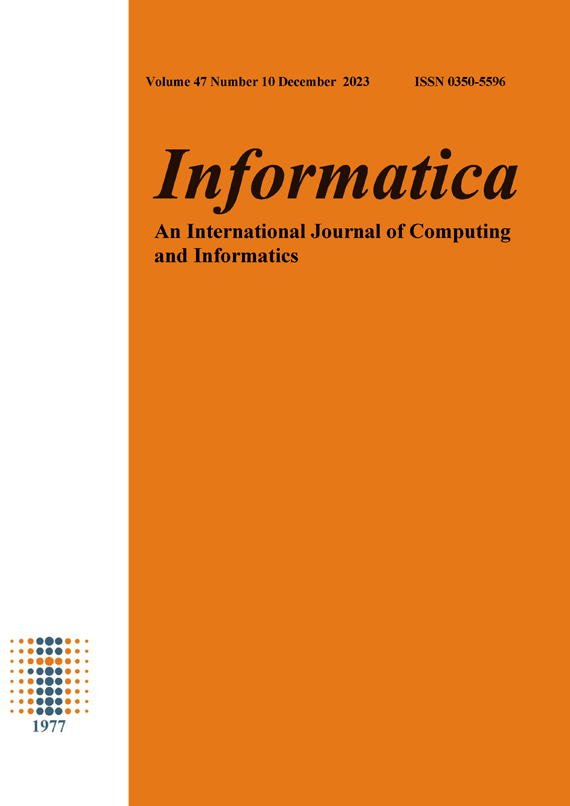Grad-CAM Guided preprocessing and convolutional neural network for efficient mammogram images classification
DOI:
https://doi.org/10.31449/inf.v47i10.4821Abstract
Breast cancer is now widely recognized as the second most deadly disease in women. Computer Aided Diagnosis system (CAD), and specifically deep learning (DL), have continued to provide a significant computational solution for early detection and diagnosis of this disease. Research efforts are advancing new approaches to improve the performance of deep learning based models. We are developping a new system (CAD) to classify mammograms as normal or abnormal and then classify the abnormal ones as benign or malignant. The proposed system consists on three main steps. The pre-processing step consists mainly in cropping the images with the application of Grad-CAM (Class Activation Map) method which generates a heatmap that facilitates the detection of the area of interest to be cropped and minimises the pre-processing steps usualy done in previous works. A contrast enhancement is performed with the Contrast Limited Adaptive Histogram Equalization (CLAHE) method to differentiate the distinct elements of the image. We then proceed to data augmentation with two different ways combinning the usuals geometric transformations such as rotations, shifts and translations, before proceeding to the training of the different proposed models, namely : VGG16, Vgg19, Resnet50, Densenet121 and InceptionV3, thanks to which we achieved the highest accuray of 99.13% for the Begnine and Malignant classification using the pre-trained network Resnet50, and an accuracy of 98.54% with the pre-trained network Vgg19.
Downloads
Published
Issue
Section
License
I assign to Informatica, An International Journal of Computing and Informatics ("Journal") the copyright in the manuscript identified above and any additional material (figures, tables, illustrations, software or other information intended for publication) submitted as part of or as a supplement to the manuscript ("Paper") in all forms and media throughout the world, in all languages, for the full term of copyright, effective when and if the article is accepted for publication. This transfer includes the right to reproduce and/or to distribute the Paper to other journals or digital libraries in electronic and online forms and systems.
I understand that I retain the rights to use the pre-prints, off-prints, accepted manuscript and published journal Paper for personal use, scholarly purposes and internal institutional use.
In certain cases, I can ask for retaining the publishing rights of the Paper. The Journal can permit or deny the request for publishing rights, to which I fully agree.
I declare that the submitted Paper is original, has been written by the stated authors and has not been published elsewhere nor is currently being considered for publication by any other journal and will not be submitted for such review while under review by this Journal. The Paper contains no material that violates proprietary rights of any other person or entity. I have obtained written permission from copyright owners for any excerpts from copyrighted works that are included and have credited the sources in my article. I have informed the co-author(s) of the terms of this publishing agreement.
Copyright © Slovenian Society Informatika








